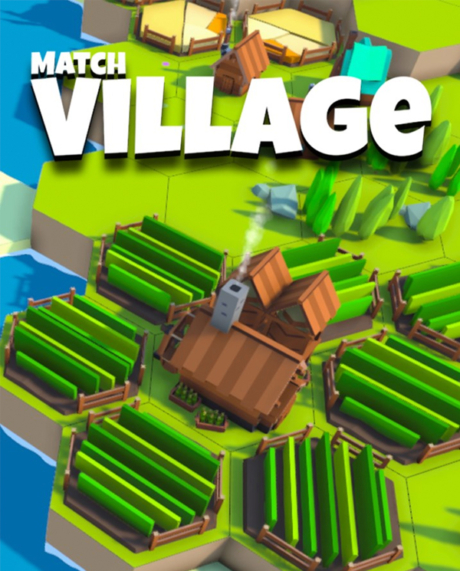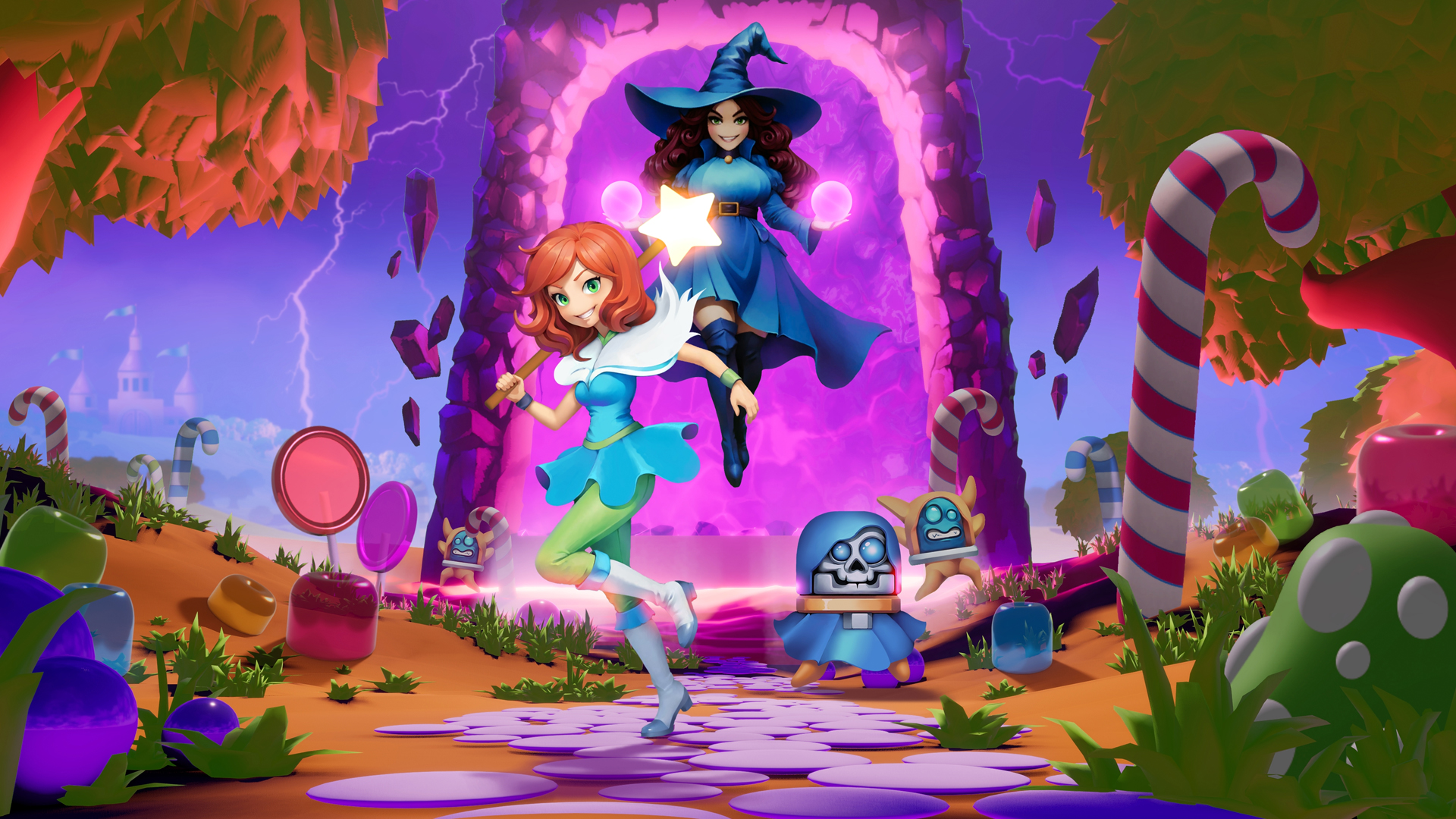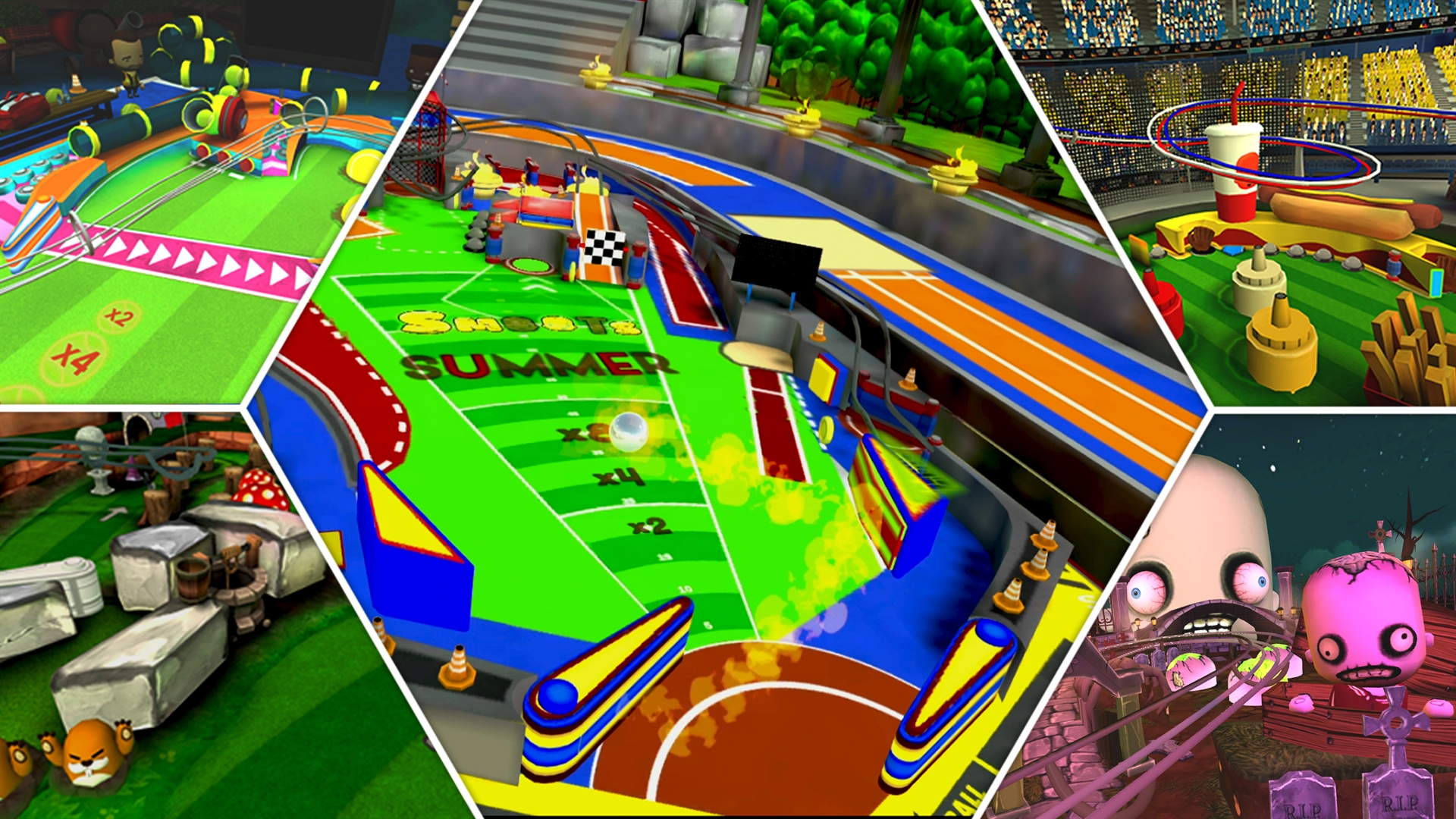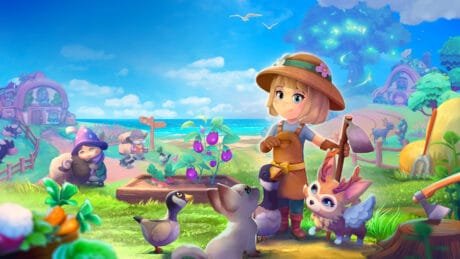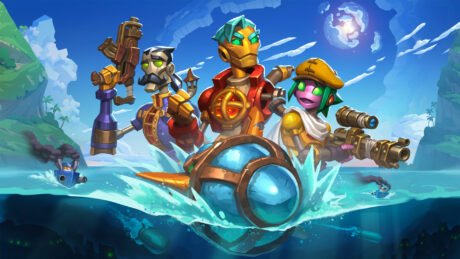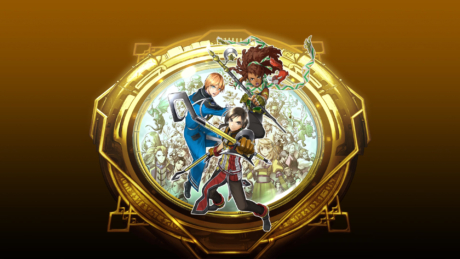Purrr....
- Fun for casuals
- Random level generator
Hisss!
- Some buildings look too similar
- Camera control
- Cursor whereabouts
Platform
Switch, PlayStation 5, PlayStation 4, Xbox Series X, Xbox One, PCPublisher
QUByte InteractiveDeveloper
Rising Moon GamesGenre
Board Games, PuzzlePlayers
1File Size (Minimum)
238MBRelease Date (NA)
Oct 20, 2022Filed Under
Match Village was developed by a single developer and is available now for consoles and PC. Its minimalist, laid-back island-building gameplay makes this an intriguing title for casuals. Just don’t expect anything more beyond that.
Keeping it Simple
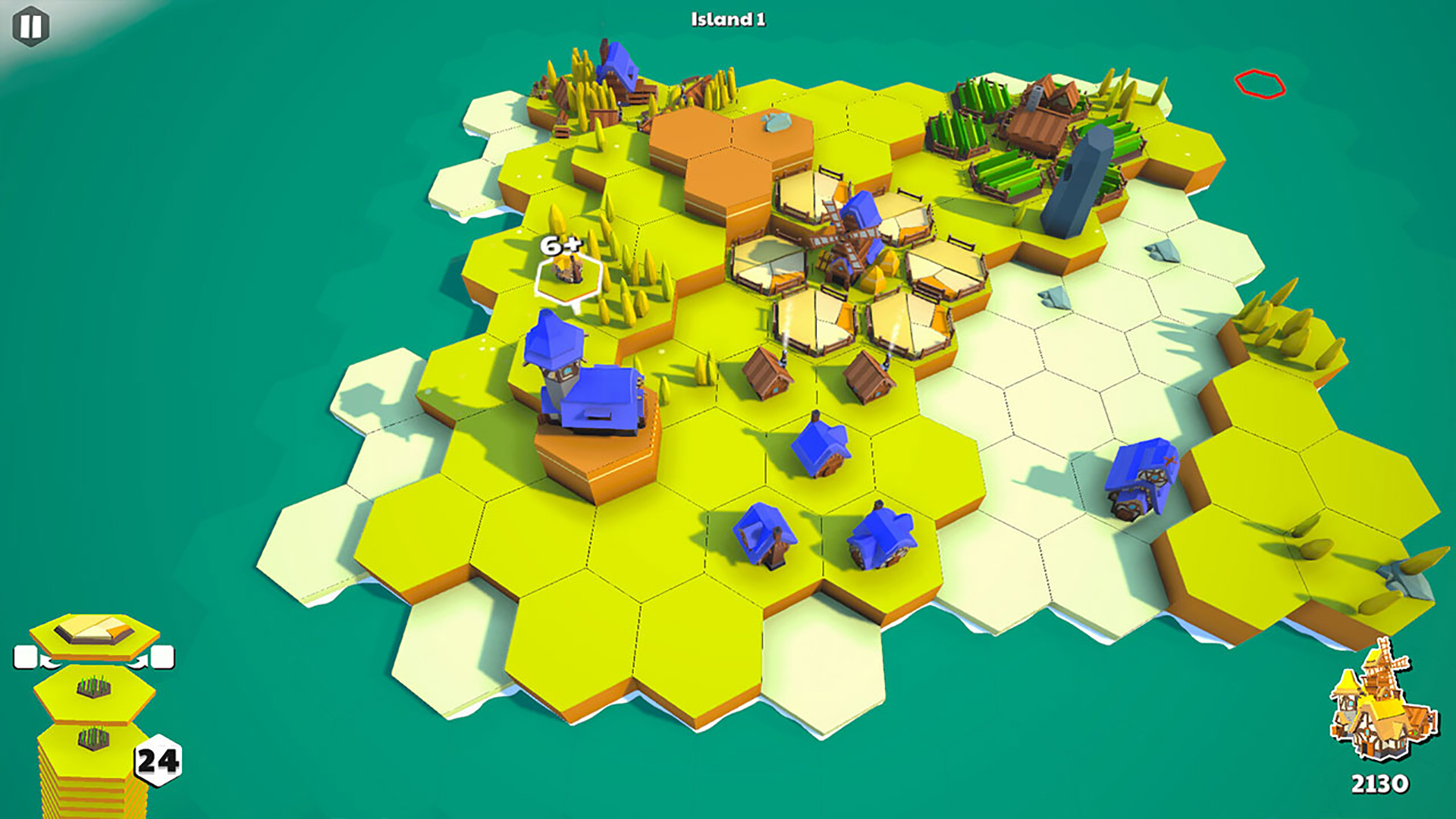
Inspired by games like Islanders, Dorfromantik, and Candy Crush Saga, Match Village is an easygoing puzzler where you add buildings on an island built out of hexagons. You’re given a stack of several different types of buildings and crops, each on its own tile, to place on each hexagon. The goal is to gather enough points to proceed to a new island. If you run out of tiles, game over. The game doesn’t offer any instructions or tutorials on the basics, so you’re on your own to figure everything out. Seasoned gamers will pick up the idea, but casuals who don’t play much may have some difficulty.
When restarting or proceeding to a new island, islands are built randomly. This means the chances of having the same island you had before are small. It’s simplistic, but this helps keep casual gamers entertained. After completing a few islands, players can expect the replay value to dip, and the random island builder may not be enough to keep one going.
Gaining extra tiles and improving your score is based on how you plant your tiles. For example, placing three houses next to each other combines those three into one, giving you a combo score plus extra tiles. These extra tiles are based on what you combined. Based on the previous example, you’ll earn more houses to place. Some buildings, like the houses, can be combined further after being combined once. However, factories, such as windmills, can only be combined to a certain point. Additionally, you can lose points based on where you place your tiles. For example, if you put a house next to a factory, you’re in for a bad time.
Build Just About Anywhere
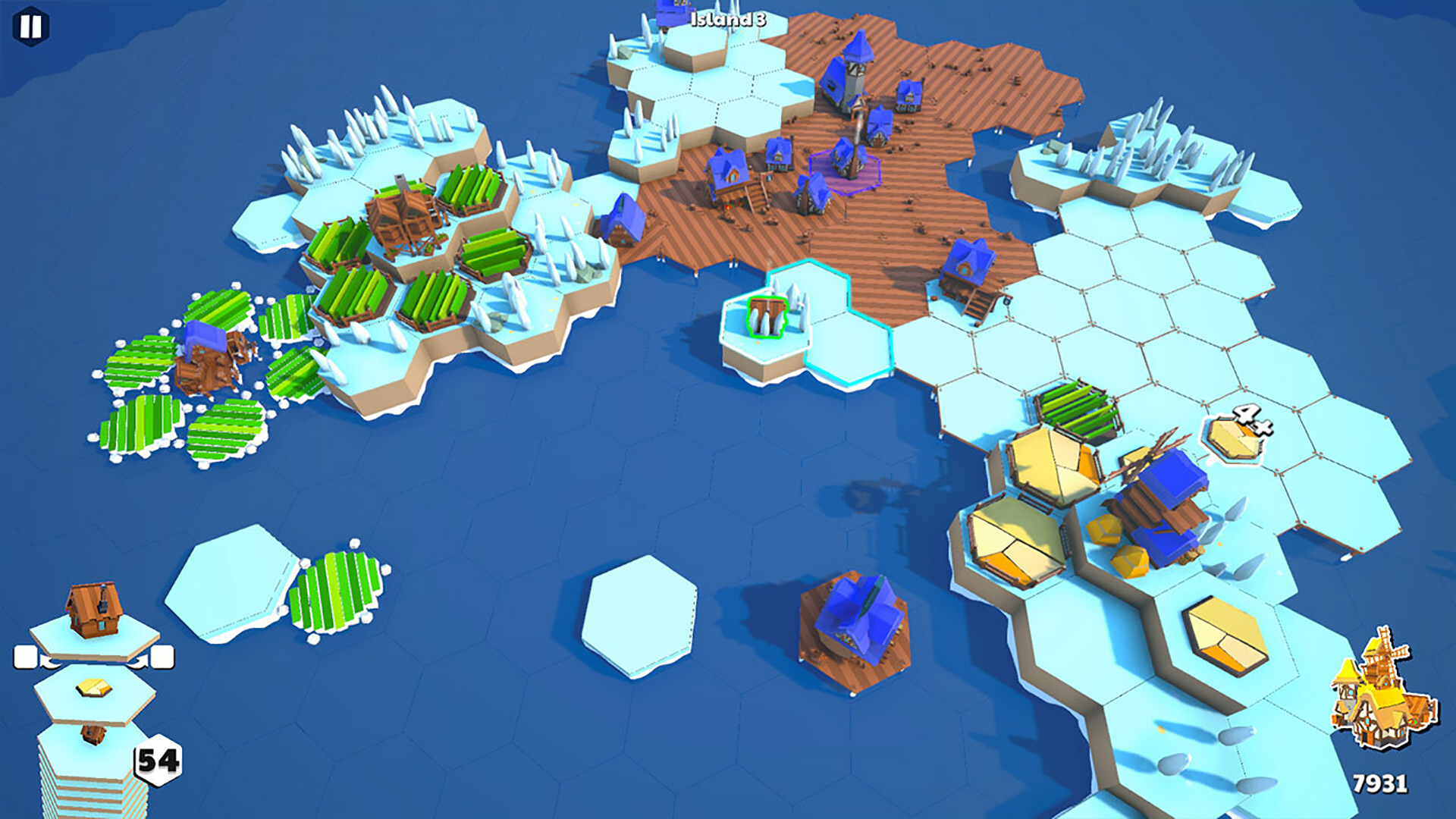
The first island you play is limited to getting you to understand how the system works. Afterwards, you’ll have more options such as building homes on water and more. You’ll also have options to add artificial land to help expand your flourishing island further. Additionally, you’ll unlock larger pieces that take more hexagonal real estate such as circus tents. Do not expect armies, vehicles, planes, and spaceships to appear; this is as simple as it gets for building.
While playing, expect some bugs to occur. One of the ones that stand out the most is that sometimes houses do not combine when on different landscapes. There have been times where this wasn’t an issue, but it’s more noticeable on places like artificial land, especially when trying to rack up combos and scores.
If you make a mistake, you can redo it but only once. If you make a combo, you can’t undo it. Therefore, you’ll have to pay extra attention to what you’re doing. You also can’t swap between tiles in your stack. You can adjust the angle, but that doesn’t add any value to the gameplay. Giving players the ability to swap tiles would be a better option, since they’re not allowed to undo more than one placement.
The problems don’t stop there. Players can rotate and zoom in/out to get a better view of the island. However, if an island goes offscreen, it’s difficult to view it unless rotating and zooming out, but that’s not always the best option. As you progress further, you’ll have more than one island to consider—groups of islands become available, though each individual island is small. There’s a way to move the camera position, but doing so was at random. Furthermore, doing this takes away the option of the other camera movement. The game doesn’t offer a camera reset or control map, which is badly needed.
Additionally, the game’s cursor doesn’t always reset after viewing the game’s menu. It’s not noticeable on the first two islands, though. However, when you exit to the game’s menu and return, your cursor for placing tiles goes offscreen, and you’ll have to rely on your controller to move it back. With limitations on the camera, it starts to become a mini game of “find my cursor”, and it’s not an enjoyable one either! The title’s gameplay value relies heavily on the camera quality, and the one here needs more adjustments along with its cursor position issues.
Silence Isn’t Always Golden
Don’t expect much from the soundtrack in Match Village. When you do hear it, it’s very whimsical, but the game’s sound effects and wind noises overpower it. Sure, you can adjust the audio settings, but the music is simply too lowkey and quiet even on the max level. Your best bet is to play your own music separately to keep things entertaining.
On the other hand, the game’s simple tile and level designs, along with the vibrant colors, make the visuals pop while still being pleasing to the eye. At times, though, pieces begin to look too similar to each other. For example, with the same color roofs and structure, the church and the house are difficult to tell apart. A different roof color at least could help differentiate the two. Combined with the limited ability to undo tile placements, this can cause frustration. Hopefully, there will be updates that improve this.
The Final Island
Match Village is a fun, small casual game built by a solo developer. However, issues like camera control make it challenging for players to enjoy it more. Still, it’s a pleasant experience in short bursts. Match away!
A PlayStation 5 code provided for this review.
